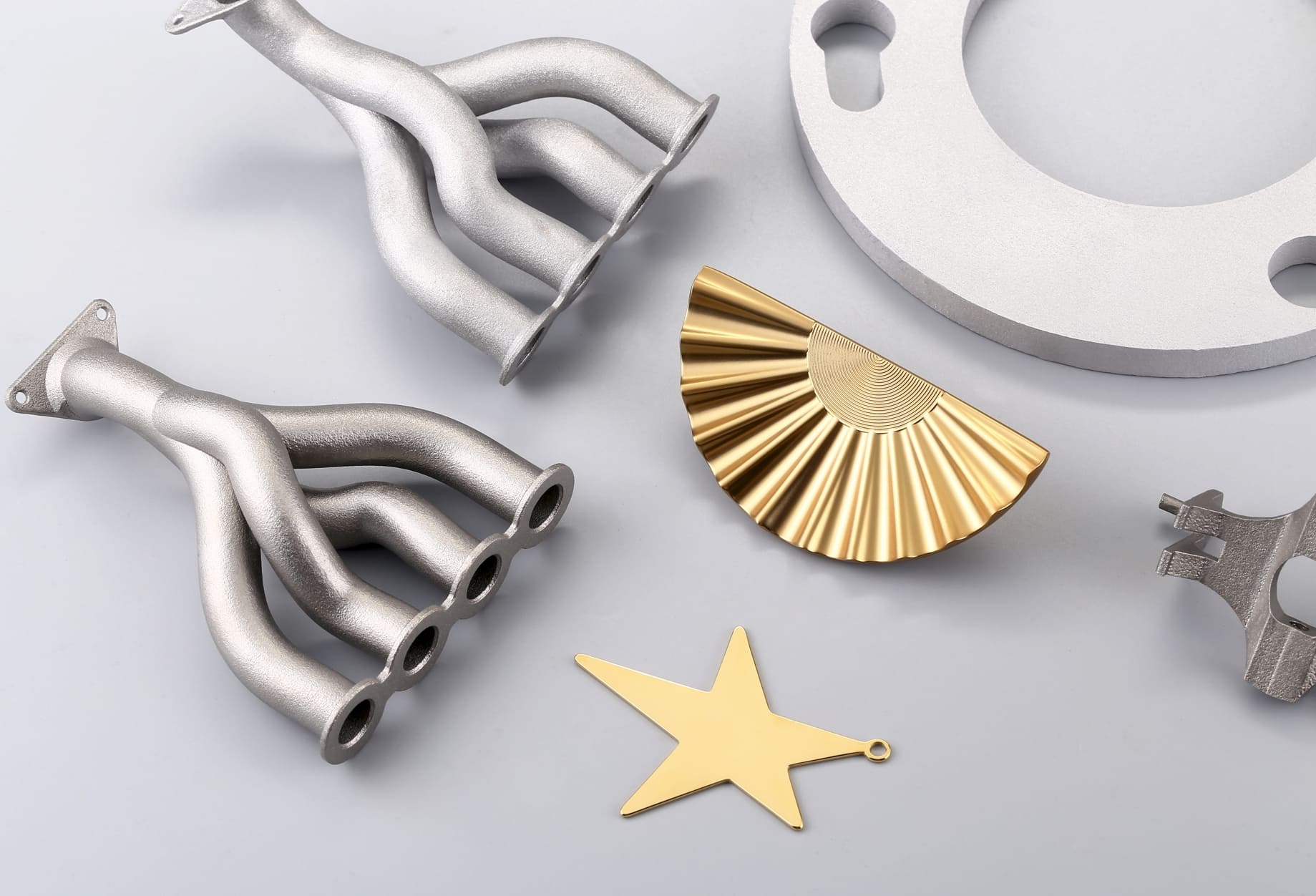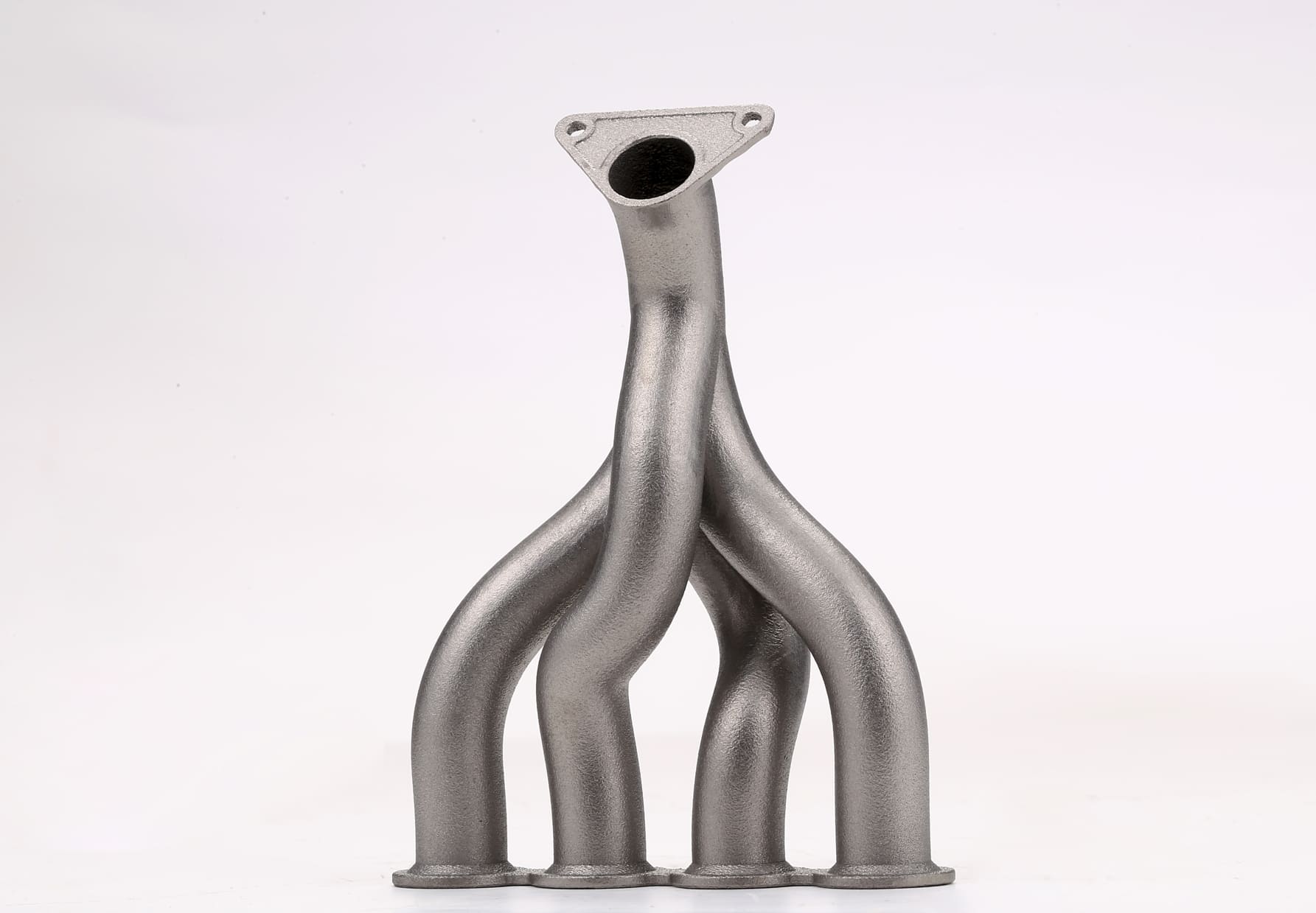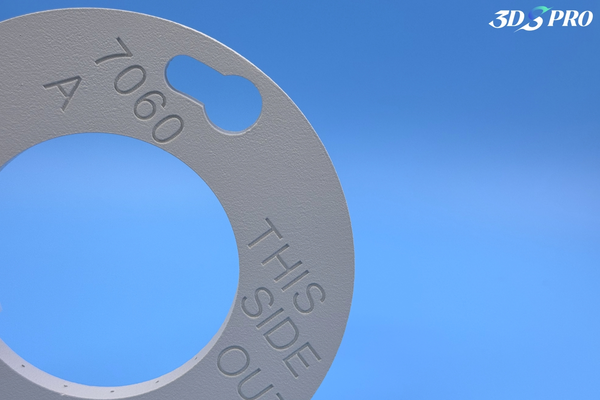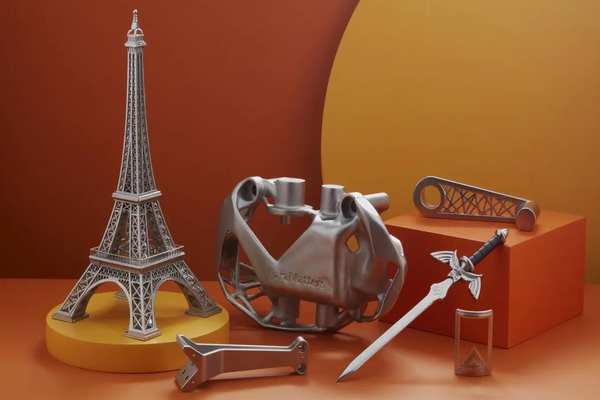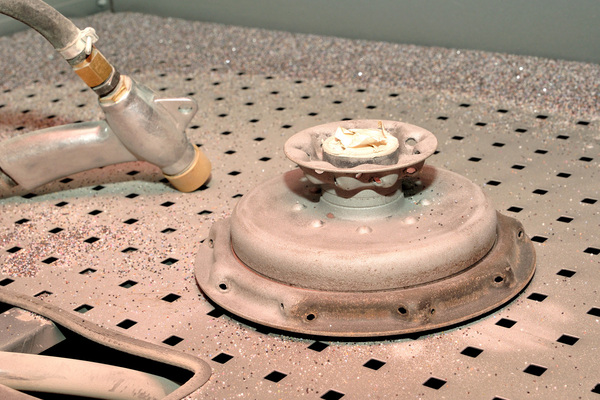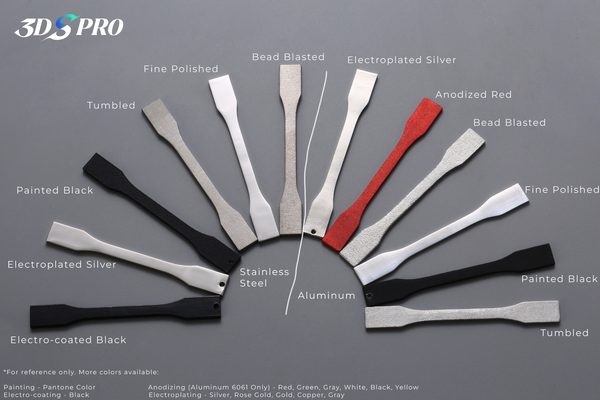What is annealing?
In traditional manufacturing, annealing refers to a heat treatment process used to alter the physical and sometimes chemical properties of a material, usually metal, to increase its ductility and reduce its hardness. The process involves heating the metal to a specific temperature, maintaining that temperature for a period, and then cooling it down slowly.
Annealing, in metal 3D printing, is a post-processing technique used to enhance the physical properties of the 3D printed metal parts. It involves heating a 3D printed metal part to a specific temperature, just below its melting point, and then allowing it to cool slowly. Annealing is aimed at reducing internal stresses, increasing strength, and improving dimensional stability.
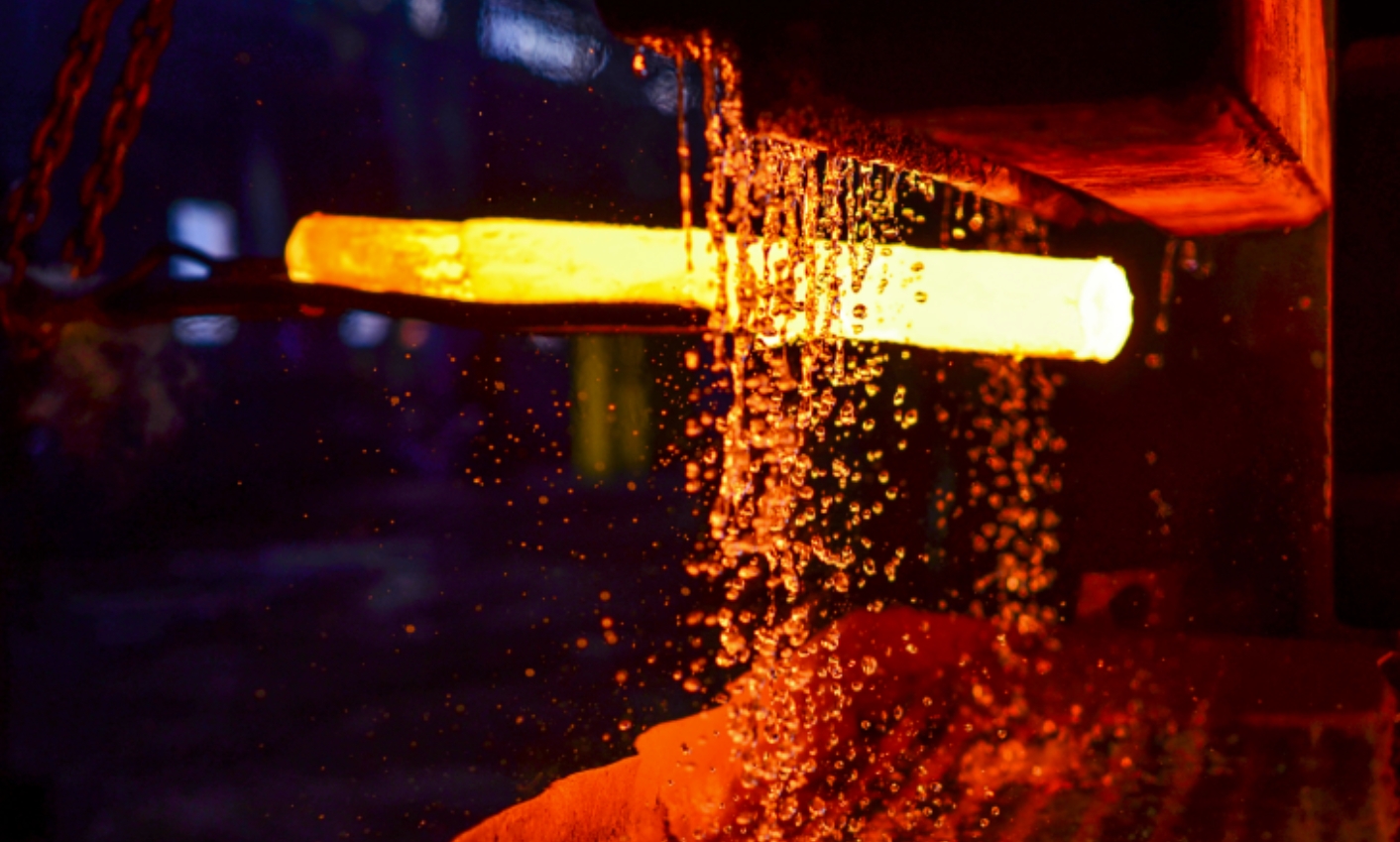
Image Source: Rapid Metals
What 3D printed metal parts can be annealed?
● Stainless Steel: Often used for its corrosion resistance and strength, stainless steel parts can be annealed to relieve stresses and improve ductility.
● Titanium: Known for its high strength-to-weight ratio, annealing titanium parts can enhance their fatigue resistance and overall toughness.
● Aluminum: Lightweight and versatile, aluminum parts can be annealed to increase their workability and reduce the risk of cracking during further processing.
● Nickel Alloys: These alloys, such as Inconel, are used for their exceptional heat and corrosion resistance. Annealing can optimize their performance in extreme environments.
● Cobalt Chrome: Commonly used in medical implants and aerospace components, annealing cobalt chrome can improve its wear resistance and biocompatibility.
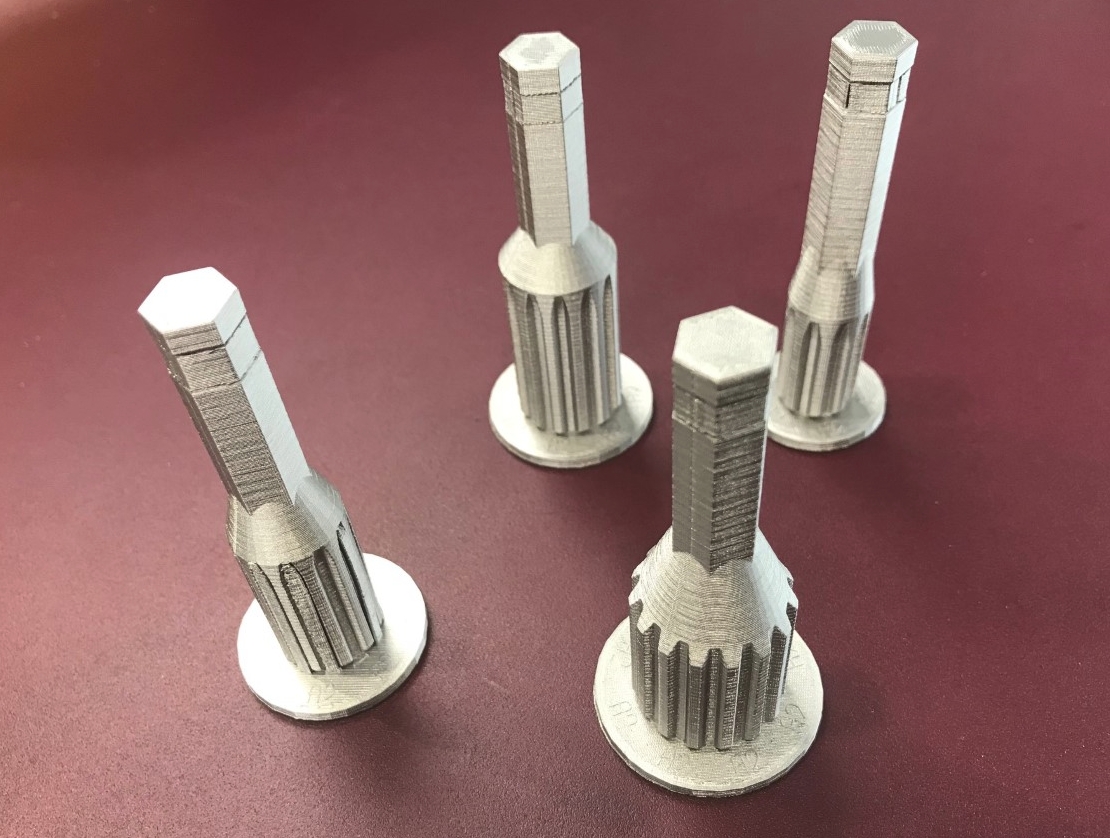
Image Source: Rapids Reproduction
When to use annealing?
● Stress Relief: After 3D printing, metal parts often contain residual stresses due to the rapid cooling and solidification of the material. Annealing helps to relieve these stresses, preventing warping and distortion.
● Improved Ductility: If a part requires subsequent mechanical processing, such as bending or shaping, annealing can increase its ductility, making it less likely to crack or break during these operations.
● Enhanced Toughness: For applications where parts are subjected to impact or need to absorb energy, such as in automotive or aerospace components, annealing can enhance toughness, providing better resistance to fracture.
● Refined Microstructure: The annealing process can homogenize the microstructure of the metal, leading to improved and consistent material properties throughout the part.
● Increased Strength: Certain metals can be hardened through work hardening. Annealing can be used as an intermediate step to soften the material before further strengthening it through additional work hardening.
● Thermal Stability: Parts that will operate at elevated temperatures can benefit from annealing, as it can increase their thermal stability and resistance to creep.
● Dimensional Accuracy: Annealing can also be used to improve the dimensional accuracy of a part by allowing it to reach a stable size and shape before final machining or finishing.

Image Source: Rapid Metals
How does annealing work?
Heating: The metal part is heated to a temperature that allows its atoms to move more freely but is below the melting point. This temperature is often referred to as the recrystallization temperature.
Soaking: The part is held at this temperature for a period of time to allow the atomic structure to rearrange itself. This stage is crucial for the uniformity of the process.
Cooling: The part is then cooled down slowly, typically at a controlled rate. This slow cooling allows new grains to form in the metal, which are smaller and have a more uniform size, leading to improved material properties.

Image Source: tec-science
Annealing Stages
The annealing process generally follows three main stages:
Recovery Stage
This initial phase involves heating the material to a lower temperature to relieve internal stresses without changing the overall structure. For metals, it reduces dislocations, and for plastics, it begins to ease the stresses caused by the layered construction of 3D printing.
Recrystallization Stage
During this stage, the material is heated to a higher temperature, which leads to the formation of new, stress-free grains. In metals, this means the development of a new grain structure that replaces the deformed grains.
Grain Growth Stage
After recrystallization, the material is kept at a high temperature or allowed to cool slowly, which can result in the growth of these new grains. The aim is to control the grain size because larger grains can improve ductility in metals and reduce brittleness in plastics, but excessive grain growth can lead to weaker materials.
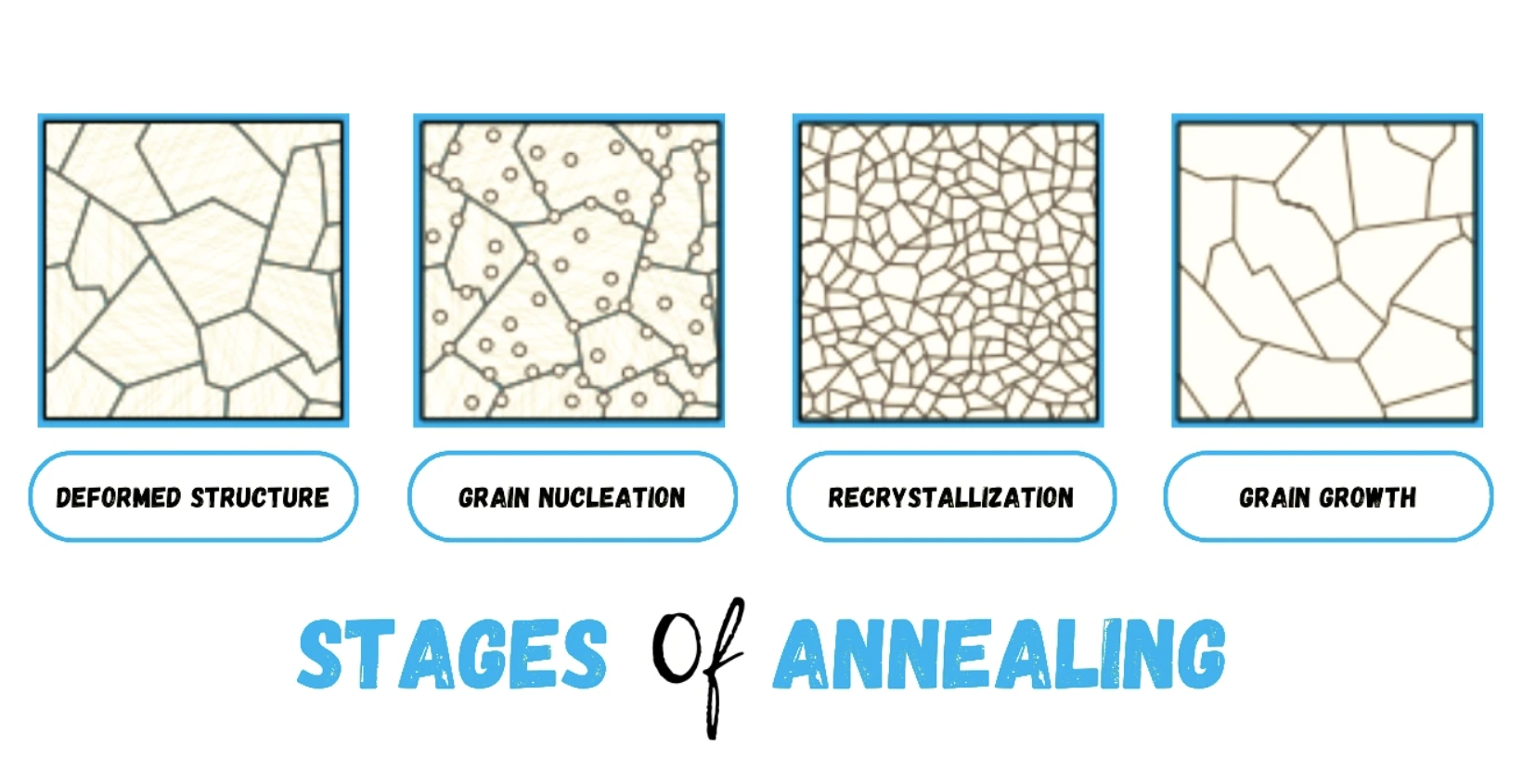
Image Source: Mechdaily
Annealing Pros and Cons
Advantages
1. Improved Mechanical Properties: Annealed parts exhibit increased strength and rigidity, making them more durable and less prone to deformation under load.
2. Enhanced Thermal Resistance: The process can improve the heat stability of materials, allowing annealed parts to withstand higher temperatures without losing their shape.
3. Stress Relief: Annealing helps to relieve internal stresses that build up during the printing process, reducing the risk of warping or cracking.
4. Better Dimensional Stability: Post-annealing, parts are less likely to undergo dimensional changes over time, maintaining their intended shape and size.
5. Refined Microstructure: The heat treatment can lead to a more uniform grain structure in metals and a more ordered molecular arrangement in thermoplastics.
Disadvantages
1. Time-Consuming: The annealing process requires additional time, as parts must be heated and cooled slowly to achieve the desired effects.
2. Potential for Deformation: If not carefully controlled, the heating process can cause parts to warp or lose detail, especially in complex geometries.
3. Equipment Requirements: Accurate temperature control is essential for successful annealing, necessitating the use of precise ovens or kilns.
4. Limited Material Suitability: Not all 3D printing materials are suitable for annealing, and some may not benefit from the process at all.
5. Skill and Knowledge: Proper annealing requires a good understanding of material properties and the annealing process, which may be a barrier for beginners.
3D Plus™ Solutions
3D Plus™ Solutions at 3DSPRO represents a comprehensive suite of services designed to take 3D printing projects from concept to reality with professional-grade quality. These solutions aim to improve the functionality, durability, and aesthetics of 3D printed parts, ensuring they are ready for professional use.
From advanced post-processing techniques to specialized finishing options, 3D Plus™ Solutions provides the tools and expertise necessary to elevate the quality of 3D printed products. Contact Us for more information.












